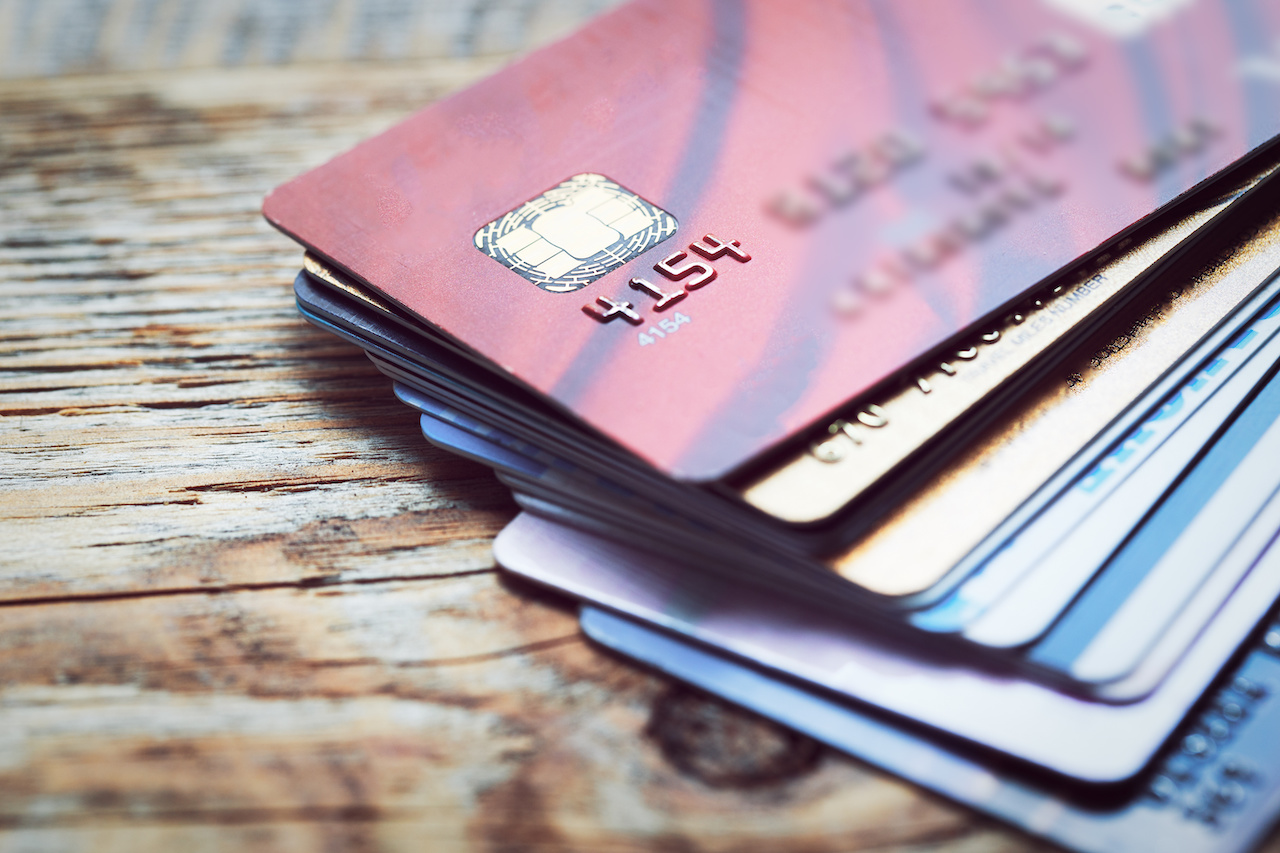Credit Sesame discusses the optimal number of credit cards.
Figuring out the number of credit cards you should have is really a personal choice, even if there are good reasons to have more than one.
One credit card may be too much for some people to handle. Others may be okay using a spreadsheet to track a few dozen cards and the rewards perks that come with them.
There’s no set number of credit cards that is “too many.” Quality, not quantity, and credit utilization matter most.
Your finances and credit score can take a hit from having too many credit cards. You probably already know if that’s the case. If you’re going into debt with them and have trouble paying your bills, or are losing money on annual fees, then even one credit card is one too many.
If you’re not in financial distress with the credit cards you use, then you may want to get a few more.
How many cards to build credit?
If your goal is to raise your credit score and keep it high, instead of maxing out more credit cards and getting more airline miles through credit card rewards, then three is an ideal number of cards.
A FICO analysis found that cardholders with scores above 800 — the excellent range is 750 to 850 — had an average of three open cards.
The credit reporting agency Experian says it found in a review of national credit report data that Americans held an average of 3.84 credit card accounts in the third quarter of 2020. That includes an average credit card balance of $5,315, and average credit limit of $30,365.
You need backup
Paying off the one credit card you have each month may be enough for your needs, but a second card is good to have as a backup in case a merchant doesn’t accept the one card type you have.
American Express, Visa, Mastercard, and Discover aren’t always accepted at the same businesses, and historically, American Express was accepted by fewer merchants than the others.
But that’s changing. Visa is still one of the most accepted payment networks in the world, but American Express is now accepted by 99% of the merchants that accept credit cards. Amex has increased from 3.7 million merchants that accepted the card in 2014 to 10.6 million U.S. merchant locations at the end of 2019, CNBC reports. Discover has the same number, and Visa and Mastercard were accepted at 10.7 million U.S. locations.
How more cards can raise a credit score
Having only a few credit accounts can make it difficult for credit scoring models to come up with a credit score for you, and your score may be lower than it could be with one or two more credit cards.
Your credit score won’t drop just because you have multiple credit cards. In fact, it should rise if you pay your credit card and other bills on time, and don’t carry too much debt.
Here are two ways having three or four credit cards can raise credit scores:
Credit mix
Along with credit cards, the three main credit bureaus are looking for other types of credit, such as personal loans, car and home loans, and student loans. Credit mix accounts for 10% of a FICO credit score.
Credit utilization
Credit utilization is a measure of the amount of credit you have used compared to your credit limit. This ratio should be no more than 30% of your credit limit. People with the excellent credit scores may only be using up to 10% of their limits. Credit utilization accounts for 30% of a credit score.
Additional credit cards raises your available credit, which may allow you to lower your credit utilization ratio.
For example, suppose you have one card with a $3,000 limit. Sticking to 30% credit utilization means you can spend of $1,000 without risking your credit score. If you apply for and are approved for two more credit cards each with $3,000 credit limits, and total credit limit is now $9,000. This means you could spent $3,000 without hurting your credit score. If you need only $1,000 per month, that’s event better as it means your credit utilization rate is well under 30%.
Can a high number of credit cards hurt a credit score?
Having multiple credit cards won’t hurt your credit score, but a score can drop if you apply for many cards at the same time. New credit accounts for 10% of a credit score.
A related factor is credit history length, which makes up 15% of a credit score. The longer you have open accounts, the better it is for your credit score. This is one reason why it’s a bad idea to close old credit accounts you aren’t using, which can affect the average age of your accounts. High fees are a good reason, however, to close any account, or you may be able to switch to a no-fee account.
Closing a credit card account also eliminates the credit limit the card had. A lower overall credit limit could raise your credit utilization rate, which can lower a credit score.
Applying for a lot of credit in a short time can slightly lower a score for a while. Every time a lender ask for credit reports on you so it can make a lending decision, whether for a home loan, credit card or other type of credit, it results in a hard inquiry that stay in a credit file for two years.
Too many credit inquiries in a short period of time can be a sign that you’re in financial trouble.
Bottom line
Whatever number of credit cards you choose to have, the best thing to do is to manage them responsibly. Whether it’s one card or a dozen, paying them on time is the biggest factor in a credit score — 35% — and should be a top priority.
Using 10% of your credit limit is another good route to a higher score and to making your personal finances easier to manage. Buy only what you afford to pay off in a month when the credit card bill is due.
Avoid credit card fees if you can, starting with annual fees that are usually assessed for cards with perks such as cash back and travel rewards. If you’re not using the perks much, then the fee is wasted money. Ask the credit card provider for a non-fee card instead.
In the end, it’s not the number of credit cards, it’s the responsible use, keeping credit utilization low, and paying on time. Two credit cards can be one too many for some people, so take your time picking the card you want and stick to your budget. More credit cards can lead to more spending, and debt isn’t a friend you want to keep.
You may also be interested in:
- Credit Card Pre-Qualification and Pre-Approval: What’s the Difference?
- What to Consider When You Apply for a Credit Card
- Does Credit Card Pre-Approval Mean You Will be Approved?
Disclaimer: The article and information provided here is for informational purposes only and is not intended as a substitute for professional advice.




















